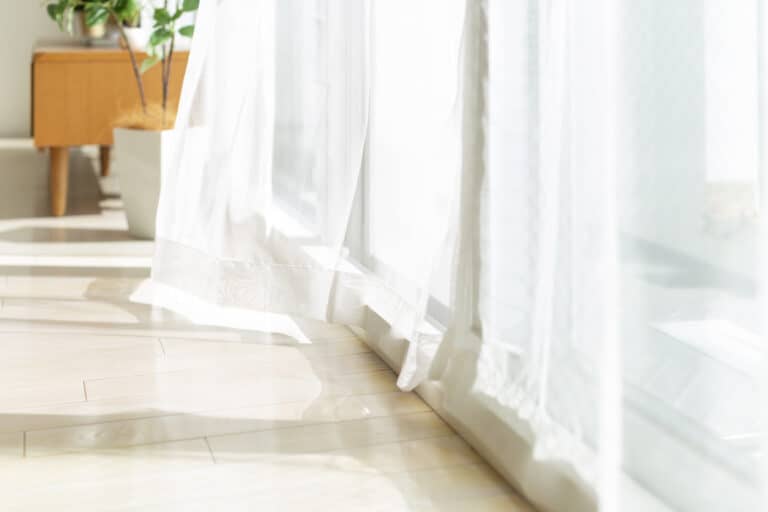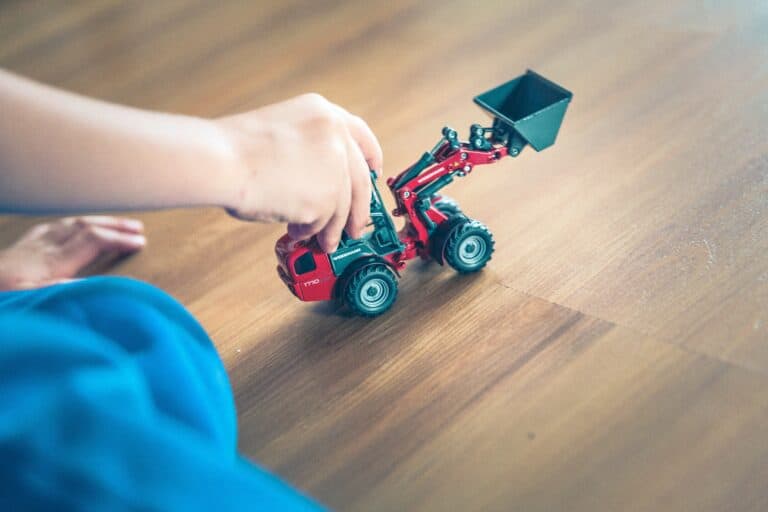Lawn and Garden Care
Most lawn and garden products are sold to control disease, fertilize and kill or eliminate pests (i.e. herbicide, insecticide, bactericide and fungicide). Although these products may keep the lawn green, many have been linked to environmental contaminants, degradation and disease in animals and humans.
There are several steps you can take to promote a “green” lawn while eliminating the use of harmful contaminants on your lawn and garden
Add a compost bin and rain barrel to the backyard. The Pennsylvania Resource Council offers seasonal workshops for backyard composting and conservation as webinars for residents to learn more about the power of waste reduction.
Use natural pest deterrents and homemade remedies to treat unwanted critters and keep homes healthy and pest free.
Practice Integrated Pest Management.
Ask questions, read labels, do your research and learn the Top 10 Tips for Safe Lawn Care.




